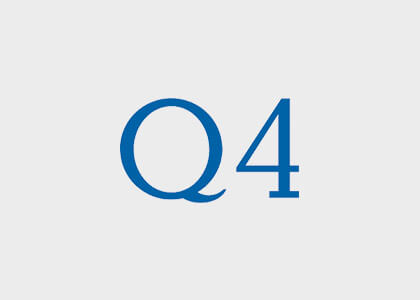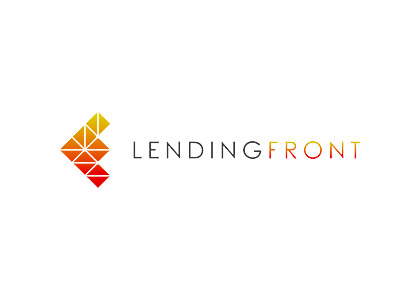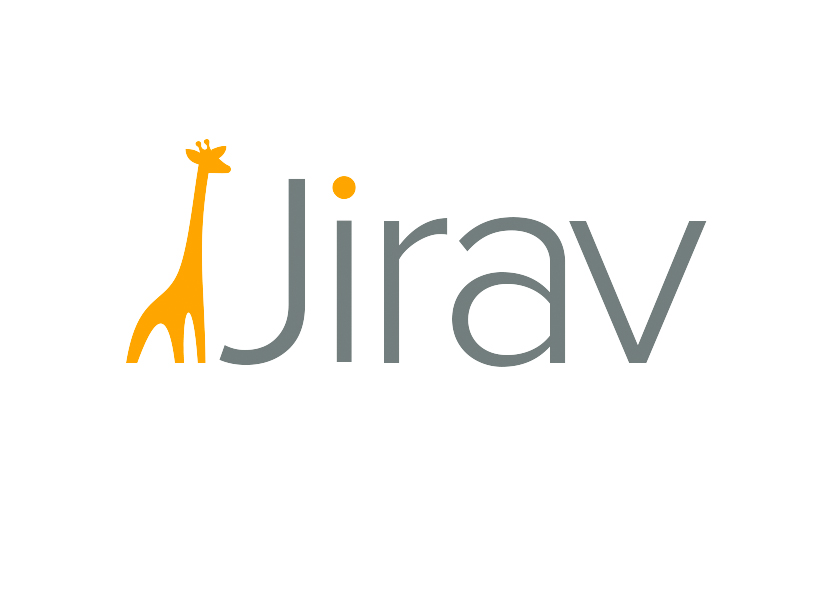The Rise of ESG in Private Markets: Q&A with HarbourVest Partners
Information Venture Partners discusses the growing importance of ESG among institutional investors with Chris Walker, Principal and head of HarbourVest’s ESG Committee
Why has ESG surfaced to the top as a key consideration for large institutional investors?
The past decade has seen a massive evolution of the private equity sector generally, including trends that have been highly favorable to the ESG agenda. Growth in allocations to private equity has coincided with a greater appetite from investors for more transparency and disclosure from an asset class that has historically been relatively opaque. ESG provides transparency by giving insight into a PE manager’s operations and values. Another trend is the move away from financial engineering as the sole means of creating value in private equity, and a move toward the operational model which is a key method for fully integrating ESG. We are seeing more and more proof that investing responsibly can both do good and generate good returns. Last, the growing urgency of the climate crisis and a mounting emphasis on diversity and inclusion are top of mind for all investors globally.
In your PRI filing, you mention that you evaluate companies based on 20 ESG metrics. Can you say what the most important ones are on a risk-weighted basis?
Our ESG Scorecard measures GPs on 26 different metrics and weights them by Management (40%), Investment Process (40%), and Reporting (20%). Areas that receive more scrutiny include the GPs policy and its overall governance framework, as well as how it integrates ESG into its overall investment processes.
With regards to data privacy, do you think ESG adoption in the private sector will drive regulatory reform, or will regulatory reform inspire broader ESG adoption by institutions and their portfolio companies?
Our experience is that regulatory reform is a key driver of broader ESG adoption, although regulators do keenly observe the growing ESG market. The most sensible thing regulators can do is to engage with practitioners on how ESG-related information such as on data privacy protocols can be meaningfully disclosed and as efficiently as possible.
Have you been able to identify any type of ROI benefits to companies with an entrenched ESG culture?
Through our work and collaboration with GPs and LPs, it has certainly been our experience that good ESG practice and attractive returns are mutually reinforcing. Our investment teams use a proprietary ESG Scorecard to evaluate the ESG programs of our GPs. Earlier this year, we conducted an analysis that found that GPs with above-average ESG scores also delivered financial outperformance over the past 10 years. Similarly, we analyzed diverse and non-diverse managers and found that diverse GPs have generally outperformed non-diverse GPs over the same period of time.
Why will ESG be core to long-term success?
The current pandemic actually reinforces the staying power of private equity. The COVID-19 crisis is the biggest test of strategic ability, corporate governance quality, values, and social responsibility for all investors in our lifetimes. Private equity has shown the ability to not only supply cash injections to help weather stormy cycles, but also to actively and nimbly support GPs and LPs in rapidly adapting to a crisis, including active management of ESG factors. In many cases, in fact, private equity creates opportunity through privileged access, governance structures, knowledge transfer, and best practice sharing.
What will be some of the biggest trends in ESG in 2021 that IPs should keep an eye on?
There are several that we think will really gain traction in 2021. We’re seeing a mindset change among PE investors who are choosing to thoughtfully direct their capital to areas of the market that can make an impact on the greater good, if you will. I think we’ll see this shift to impact investing continue, with dedicated pools of capital and measurement through KPIs. More firms will also refocus their efforts on strategies for addressing climate change concerns going forward. Two other areas to keep an eye on are remuneration linked ESG goals for investment professionals, and continued advances in technology to better monitor and report on ESG issues.
We saw your report which included thoughts on how to improve gender diversity across PE. What key takeaways come to mind?
Every business that wants to grow and succeed over the long term must constantly evolve to make sure it reflects the diverse world in which it operates. We have made good progress on driving gender diversity across PE, and HarbourVest – because of our legacy of diversity and inclusion going back to our firm’s beginnings – has been proud to be a leading industry voice on the topic. There is also a very strong business case to be made for increased diversity among teams. Study after study shows that diversity among investment and decision-makers results in better, more well-informed decisions, and coincides with improved investment performance.
What are some of the key drivers that have made ESG so popular across markets?
The ESG agenda was initially driven mostly by the industry’s limited partners. Initially, asset owners helped develop the six Principles of Responsible Investing in 2006 and have since actively promoted them to GPs as a means of demonstrating to their clients and the public a commitment to ESG and transparency through reporting. Today, interest is at an all-time high. Surveys among investors and business professionals alike consistently cite climate change and other ESG-related threats among the most serious issues affecting the world today. This growing awareness has more people thinking about how to thoughtfully deploy their capital, and as they continue to realize that they don’t have to sacrifice performance, it makes for a pretty compelling case to put investments through the ESG filter.
How can both GPs and LPs implement ESG-focused KPIs to track their own progress?
I would encourage LPs and GPs to look to the United Nations Principles for Responsible Investment (UN PRI) materials on private equity, particularly their guidance on “ESG monitoring, reporting and disclosure in private equity.” LPs are seeking to track whether the GP has the ability to understand and manage the ESG risk and opportunity profile of the fund. How that information is conveyed is the tricky part – there is no standardized disclosure format, measurement mechanism, or public benchmarking ability for this private data yet. LPs look to GPs to perform a materiality analysis of ESG factors and establish KPIs to support their management of those factors – SASB is a good starting point for that materiality analysis. Some LPs will ask for KPI reporting as evidence of the GP’s implementation of ESG, but in any event it serves the GP well to establish this monitoring system, which can also be used to support Board-level discussions on ESG. What gets measured gets managed, goes the old adage.






























